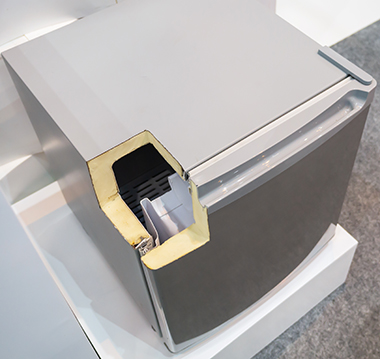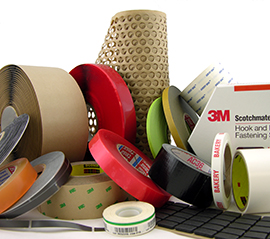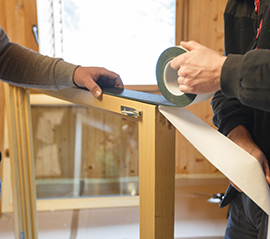



Tape101
One of the biggest missteps you can make in your adhesive selection process is assuming that all tapes are the same - which is why we're here to help you understand the differences.
Get the eBook

One of the biggest missteps you can make in your adhesive selection process is assuming that all tapes are the same. So much goes into whether an adhesive will work for your specific application, and you should consider each factor when picking out an ideal product. It's important to match the properties of your adhesive to the needs of what you're bonding.
At Budnick.com we've always made it our primary goal to educate our customers as best we can, and our Tape101 eBook and learning center is the next step in that process. We've outlined the basic steps to follow and questions to ask throughout the process of identifying an adhesive so you can approach each project with the knowledge you need to make the best decisions. Feel free to browse through the basics of tapes, or for a more in-depth overview, download our free eBook here!
Case Studies
Budnick has decades of experience developing application, product, and process solutions - read about some of our favorite solutions below!

Case Study Aesthetics
A customer was struggling to mount retail signage in the end user’s retail location with the use of magnets, only to experience waves and wrinkles.
- Magnets were being used to install thirty-foot panels
- A reclosable fastener was suggested to replace the magnets
- Ability to adjust the panels creates a much more aesthetically pleasing finish

Foam Injection Venting Solution
An appliance customer came to Budnick in search of an alternative to a Permagum sealing compound-masking tape combination that was being used to seal metal casing gaps in a refrigerator during the PU foam injection process.
- Adhesive stripes laminated to a non-woven fabric and covered with a release liner
- Striped adhesive pattern ensures proper venting
- Virtually eliminates foam leaks and re-work time

Case Study Improved Process
Production was in the process of moving from Arizona and Ohio and finding a supplier who could meet stocking and delivery requirements was critical.
- Needed tape stocked in a temperature controlled environment and delivered weekly
- Customer had issues with splices and roll tolerance standards not being met
- Budnick worked with vendors to negotiate competitive pricing and fix splicing issues



